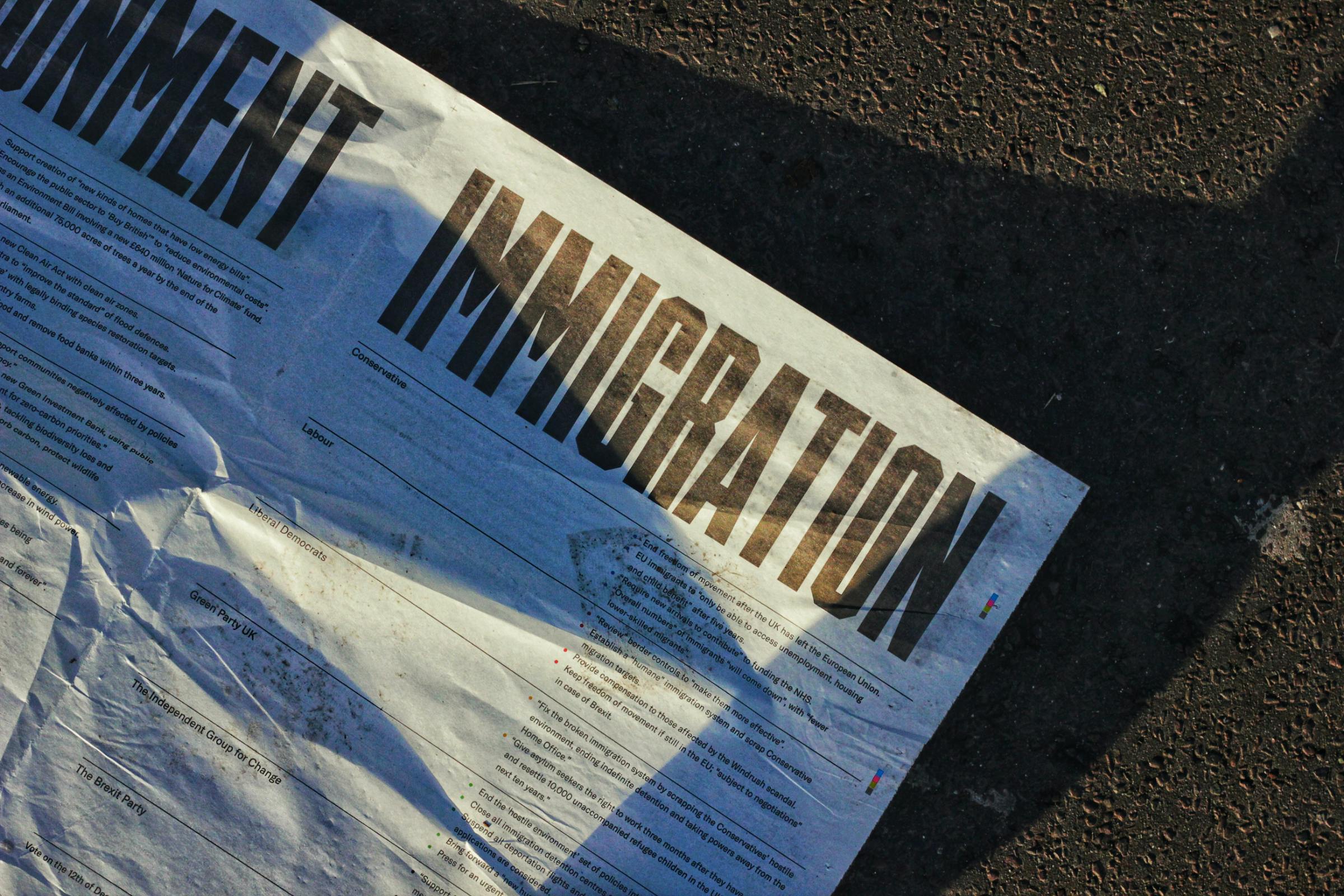When a green card is issued to an immigrant and they become a lawful permanent resident in the United States, such green card holders need to be aware of the limits, rules, and regulations of their green card usage. One of such limits to be aware of is international travel, and how long a green card holder can travel outside of the United States, with or without exception, and what the conditionalities are for extending time outside of the U.S. past the prescribed amount set by the USCIS.
As a standard rule, green card holders are not allowed to travel abroad for longer than six-month intervals. In many cases, this is an easy issue to handle, especially when visiting family members in countries of origin. Green card holders simply book international departure and return flights within an allotted time period and upon re-entry in the United States, state the nature of their travels to the CBP (customs and border patrol agent).
The reason the limit is set at six months is that when green card holders start spending too much time outside of the United States, it creates a situation where border patrol agents can inquire if the individual in question is abandoning their status. Abandoning one's status means that a green card holder's departure was not temporary in nature, and they failed to notify authorities before taking such an extended leave of absence. There have been instances where green card holders have been denied entry back into the U.S. after leaving for longer than a year.
In other words, you cannot simply be a U.S. green card holder and not make the U.S. your primary residence. The administration of these cards, which has a set annual limit, is supposed to be for individuals who are intent on making the U.S. its lawful residence and integrating themselves into a community, and paying taxes.
Exceptions to the travel rule
In ordinary circumstances and in times of peace, there is usually no problem for green card holders to re-enter the United States. But during serious conflicts, or in the case of Covid-19, a pandemic, the grounding of flights and airlines can create problems for green card holders who are forced to stay in a foreign country past the six-month mark. When the terrorist attacks of September 11th occurred, this created issues for green card holders who were still abroad but were unable to return to New York City airports within the six-month mark. In most cases, such individuals were able to explain the situation at a port of entry to CBP officers.
In the most recent example, Covid-19 grounded 90 percent of major international flights in the middle of March 2020, which continued on for several months. For those with pre-existing conditions or were immuno-compromised, risking the flight back to the U.S. was out of the question because of the nature of the coronavirus.
In the event of such crises, one can see how a simple international travel agenda can become a precarious situation for green card holders who are still not traveling with a U.S. passport. In such cases, the port authority is usually willing to let the rules slide because of the international nature of crises that are external to an individual’s circumstances. Not doing so would also create an organizational backlog of court cases that would overwhelm the U.S. legal system.
Ways to prove you weren’t abandoning the status
In times of peace, green card holders who have gone past the six-month limit need to be careful as to how they go ahead dealing with immigration authorities, mainly CBD. That’s why it’s incredibly important to be ready to present the facts of your situation at a port of entry to the United States. Some thematic criteria that should be brought up if the CBP agent is not believing your case, include, but is not limited to:
- Whether or not you are a homeowner in the United States or if you have a long-term lease that needs tending to
- Whether you are a U.S. employee and need to get back to work
- Whether you have filed U.S. income taxes
- Have family or community ties that can testify or give witness to your temporary travel plan
Remembering any one of these issues can be the difference between re-entry, and possibly having to present your case in Immigration Court. Only an Immigration Judge has the authority to make a final decision about whether you abandoned your status or not.














